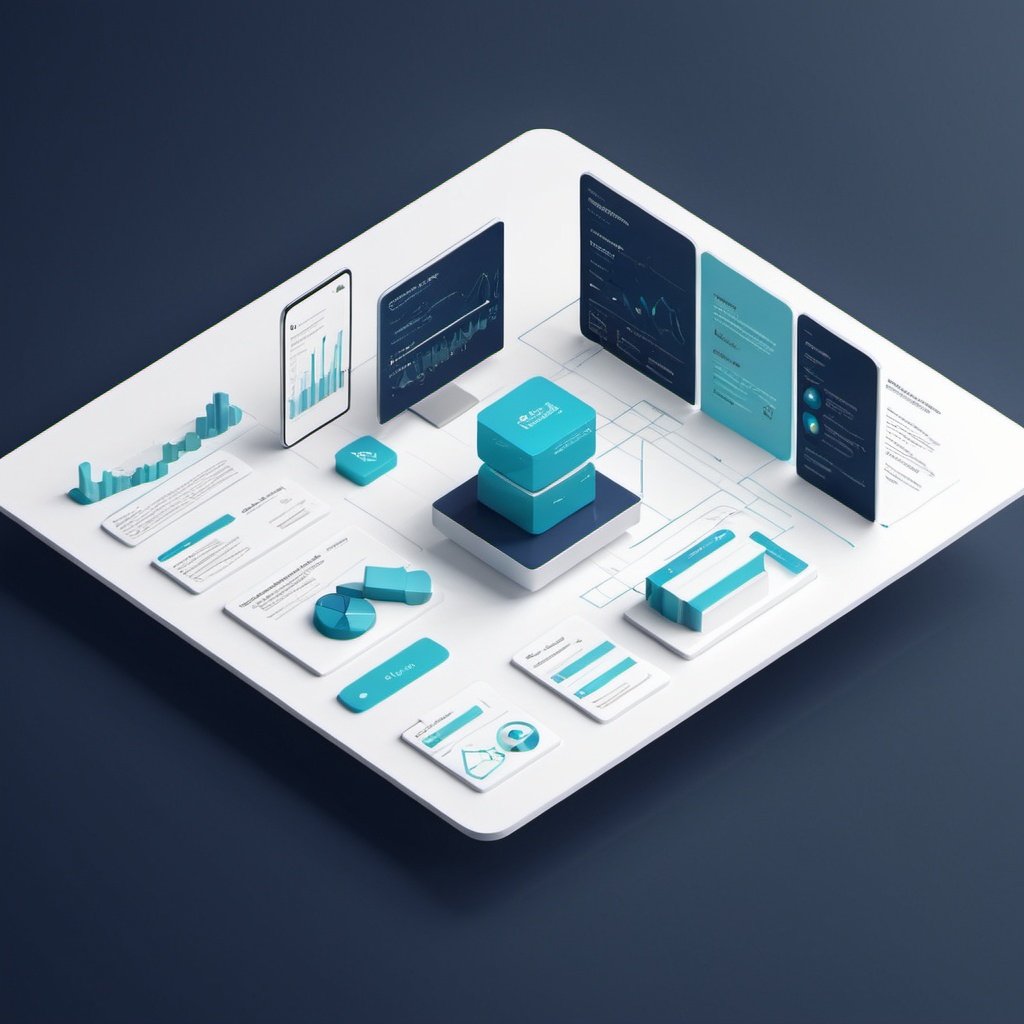Customer Data Platforms (CDPs) are indeed playing a pivotal role in shifting the paradigm from technology-driven experiences to customer-driven experiences. Here’s how CDPs are facilitating this transformation:

CDP Holistic Customer View:
CDPs consolidate data from various touchpoints and channels to create a unified view of each customer. This comprehensive understanding allows businesses to shift their focus from merely leveraging technology for data collection to using insights gleaned from this data to understand and anticipate customer needs and preferences.
CDP Personalization at Scale:
By harnessing the power of CDPs, businesses can deliver personalized experiences tailored to each individual customer’s preferences, behaviors, and interactions. Instead of relying solely on technology to automate processes, businesses can use customer insights to inform personalized recommendations, content, and offers, thereby creating more meaningful interactions.
CDP Real-Time Responsiveness:
CDPs enable businesses to respond to customer interactions in real-time based on the latest data available. This allows businesses to shift from a reactive approach, where responses are based solely on predefined rules or algorithms, to a proactive approach that leverages real-time customer insights to anticipate needs and provide timely, relevant assistance.
CDP Omni-Channel Consistency:
CDPs facilitate omni-channel consistency by synchronizing customer data and experiences across all touchpoints, whether online, offline, or in-person. This ensures that customers receive a seamless and cohesive experience regardless of how they choose to interact with the business, fostering greater satisfaction and loyalty.
Empowering Customer-Centricity:
CDPs empower businesses to adopt a customer-centric mindset by providing actionable insights into customer behaviors, preferences, and sentiment. Instead of being driven solely by technological capabilities or internal processes, businesses can prioritize initiatives that align with customer needs and deliver tangible value to their customers.
Continuous Improvement:
CDPs support continuous improvement by enabling businesses to iterate on their customer experiences based on ongoing feedback and data-driven insights. Instead of viewing technology as a static solution, businesses can leverage CDPs to continuously optimize and refine their strategies to better meet evolving customer expectations and preferences.
Building Trust and Loyalty:
By delivering personalized, relevant, and timely experiences, businesses can build trust and foster loyalty with their customers. Rather than relying solely on technology to drive engagement, businesses can leverage CDPs to deepen relationships with customers by demonstrating an understanding of their unique needs and preferences.
Conclusion

In summary, CDPs are empowering businesses to shift from technology-driven experiences to customer-driven experiences by providing a holistic view of customers, enabling personalized interactions, facilitating real-time responsiveness, ensuring omni-channel consistency, fostering customer-centricity, supporting continuous improvement, and ultimately, building trust and loyalty. As businesses continue to prioritize customer needs and preferences, CDPs will play an increasingly critical role in driving customer-centric innovation and differentiation in the marketplace.
